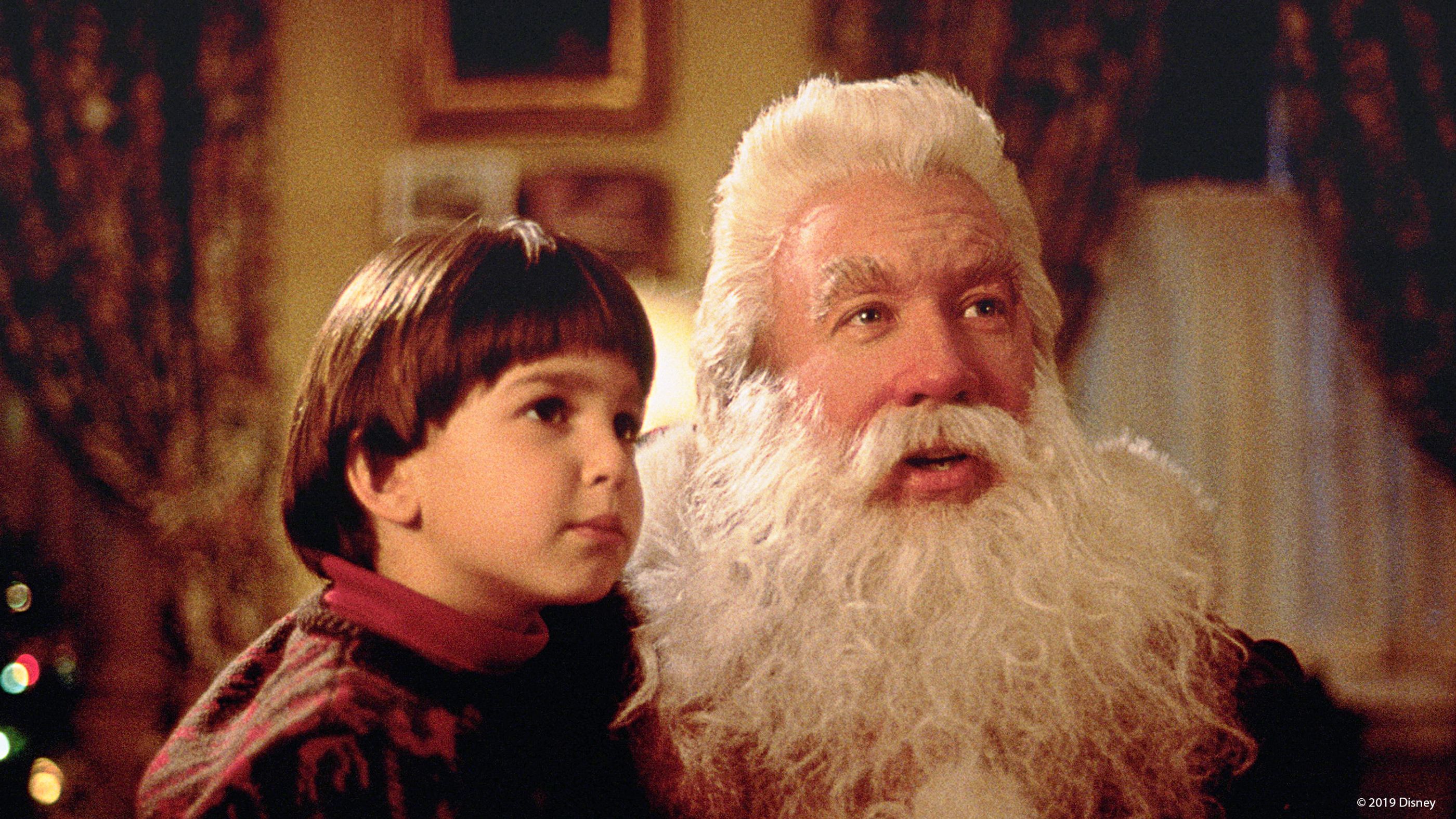”The santa clause 1994”

Suggested videos:
Suggested videos:
Suggested videos:
Suggested videos:
The Santa Clause (1994) offers much more than just a fun holiday experience—it cleverly weaves together themes of responsibility, belief, and transformation. As Scott Calvin, Tim Allen’s character undergoes a reluctant journey of self-discovery. The Santa Clause itself is a clever play on words, as the plot revolves around a legal “clause” that binds Scott to the role of Santa, despite his initial resistance. This legalistic twist adds a layer of humor that sets it apart from other Christmas films.
One of the standout features of the movie is its attention to the magical world of the North Pole. The film introduces a modern and whimsical take on Santa’s workshop, with high-tech elves and innovative gadgets used to prepare for Christmas. David Krumholtz’s character, Bernard the Elf, brings a quirky yet competent vibe to the world-building of the North Pole. The portrayal of the elves as child-like but highly efficient workers adds to the film’s lighthearted charm.
Beyond the magic and humor, The Santa Clause taps into the emotional landscape of parental relationships. Scott’s growing bond with his son Charlie is a central part of the narrative. The film sensitively portrays the challenges of being a divorced parent during the holiday season, particularly in the context of shared custody. Charlie’s unwavering belief in his father’s new role as Santa serves as the glue that keeps the movie emotionally grounded. Through this relationship, the film delivers a touching message about trust, love, and belief in the impossible, themes that resonate strongly during the Christmas season.
The film also cleverly balances adult humor with family-friendly content. Tim Allen’s sarcastic, deadpan delivery provides plenty of laughs for older viewers, while the fantastical elements and slapstick humor keep younger audiences engaged. His comedic persona from Home Improvement translates seamlessly into this role, giving the film its signature blend of irreverence and heart.
Another notable aspect of The Santa Clause is how it tackles the concept of belief, especially when it comes to adults who have lost their faith in magic and wonder. The movie presents this idea with warmth and sincerity, subtly encouraging viewers to embrace their inner child. Scott’s gradual acceptance of his role as Santa parallels the larger theme of rediscovering joy and wonder, which is a central element of the Christmas spirit.
Additionally, the film touches on societal pressures and expectations during the holiday season. Scott initially embodies the modern, materialistic adult, more concerned with his job and image than the true spirit of Christmas. Through his transformation, the film highlights the importance of selflessness, generosity, and community over commercial success.![US] The Santa Clause (1994) - The snow hits the fan when an advertising executive accidentally kills Santa and suddenly finds himself saddled with jolly old Saint Nick's job. : r/NetflixBestOf](https://external-preview.redd.it/YlTU-gfhbgaLfEvMADDy3JG_f5UpygzwHJhN1wi3hVk.jpg?width=1080&crop=smart&auto=webp&s=8da5fec256a0a3530630d391bab3a0fdd54c07a2)
Though The Santa Clause could have been just another cookie-cutter holiday film, it succeeds due to its unique mix of humor, heart, and magical wonder. Its message that anyone, even a reluctant businessman, can rediscover the joy of Christmas has a timeless appeal. The film spawned two sequels, though many consider the original to be the best in terms of its balance of humor, warmth, and memorable moments.
In the years since its release, The Santa Clause has become a nostalgic favorite for many who grew up watching it. Its impact on holiday cinema is lasting, and it continues to be a staple in annual Christmas movie marathons. The film’s ability to entertain across generations ensures that it remains a cherished part of holiday traditions for families worldwide.











